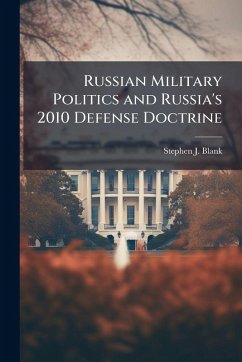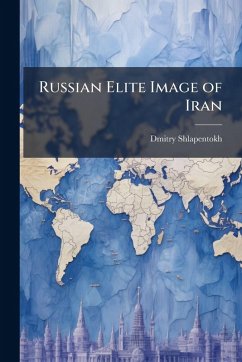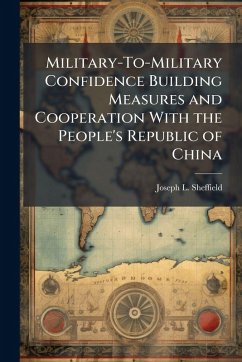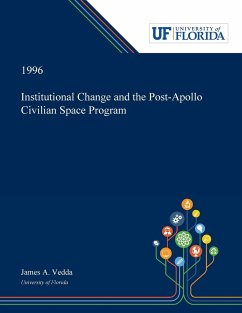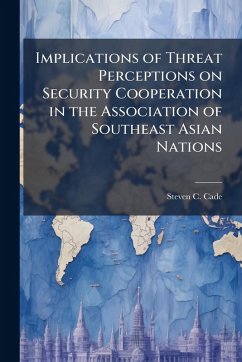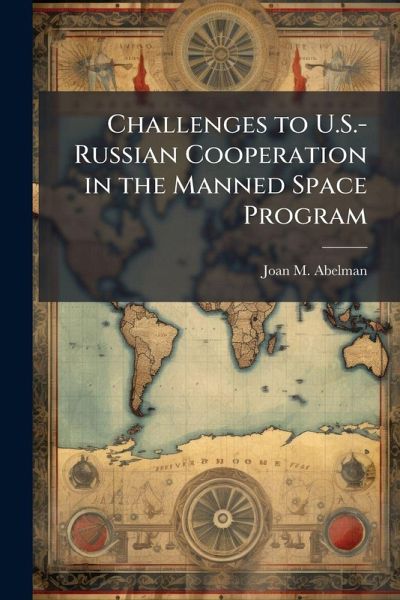
Challenges to U.S.-Russian Cooperation in the Manned Space Program

PAYBACK Punkte
7 °P sammeln!
The U.S. and Russia agreed to merge their manned space program and to partner in a new international space station. This agreement took place in 1993 and politically symbolized the end of the Cold War and a new cooperative relationship between the two countries. Yet, the despite this enthusiastic agreement and the absence of the Cold War, there are still challenges both countries face that must be overcome if the joint space venture is to be successful. These challenges have little to do with space, but are imbedded and interwoven in the U.S. and Russia's political and economic systems. As Rus...
The U.S. and Russia agreed to merge their manned space program and to partner in a new international space station. This agreement took place in 1993 and politically symbolized the end of the Cold War and a new cooperative relationship between the two countries. Yet, the despite this enthusiastic agreement and the absence of the Cold War, there are still challenges both countries face that must be overcome if the joint space venture is to be successful. These challenges have little to do with space, but are imbedded and interwoven in the U.S. and Russia's political and economic systems. As Russia emerges as an emerging democracy it faces uncertainty politically and economically. This unstable situation, combined with the past and current political situations create new challenges for both the U.S. and Russia to overcome to be successful in the cooperative manned space program. This work has been selected by scholars as being culturally important, and is part of the knowledge base of civilization as we know it. This work was reproduced from the original artifact, and remains as true to the original work as possible. Therefore, you will see the original copyright references, library stamps (as most of these works have been housed in our most important libraries around the world), and other notations in the work. This work is in the public domain in the United States of America, and possibly other nations. Within the United States, you may freely copy and distribute this work, as no entity (individual or corporate) has a copyright on the body of the work. As a reproduction of a historical artifact, this work may contain missing or blurred pages, poor pictures, errant marks, etc. Scholars believe, and we concur, that this work is important enough to be preserved, reproduced, and made generally available to the public. We appreciate your support of the preservation process, and thank you for being an important part of keeping this knowledge alive and relevant.




